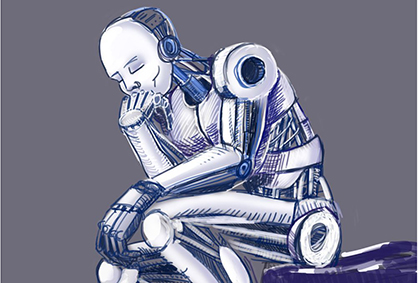New Publication by HEAS Head Gerhard Weber
More On Article
- "Archäologie am Berg". Public Weekend of Archaeology in Hallstatt in September.
- 2023 CALL FOR NOMINATIONS - The Rohlf Medal
- 20th anniversary of the Laboratory for scanning electron microscopy at the Vienna Institute for Archaeological Science (VIAS), University Vienna, 14.11.2024, 15:00
- 3D visualization of bioerosion in archaeological bone
- A comparative archaeometric study of Late Bronze Age Black Lustrous and Red Lustrous Wheel-made wares from the Eastern Mediterranean

The new paper “Quantum Leaps in Human Biocultural Evolution and the Relationship to Cranial Capacity” published in Life 2023, 13 by HEAS Head Gerhard Weber bridges between the domains of biological anthropology and archaeology.
The evolution of the genus Homo can only be understood by considering both of the inheritance systems that interact to shape human nature: biology and culture. While growing intellectual abilities are a key factor of human evolution, they are rarely contrasted with cultural progress. Cranial capacity data of 193 hominin fossils from the last seven million years and artefacts of increasing number and complexity in the archaeological record are used to demonstrate the concordant progression of brain-size increase and cultural development, starting approximately two million years ago. Our biocultural evolution shows a number of quantum leaps along the time axis applying to both domains. At first, humans left the canonical evolutionary pathway, which pertains to all other organisms, by enhancing their fitness using sophisticated tools and fire; secondly, they turned into a symbolic species; and finally, humanity now faces a new challenge: “intentional evolution”. Chronologically, these quantum leaps correspond to cranial capacity data used here as a proxy for cognitive performance. This contribution tries to demonstrate this parallel development and argues for a simple and generalized model of human biocultural evolution. An extrapolation of the model into the future shows that humans, as biological entities, will not necessarily persist.